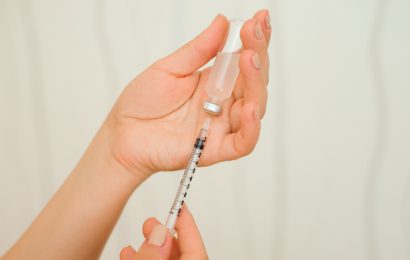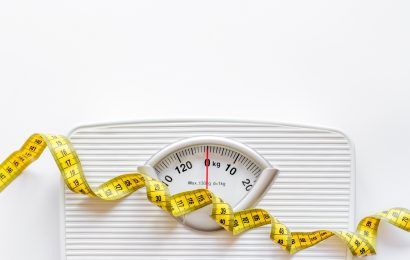According to a small new study from researchers in New Zealand, performing brief bouts of intense exercise before meals may be more effective for blood glucose control than completing one daily 30-minute session of moderate-intensity exercise. More than 200,000 people in New Zealand and nearly 26 million people in the United States have been diagnosed with diabetes.
The benefits of physical activity for diabetes control and general health are wide-ranging and well established, and include controlling weight, reducing stress, and improving blood glucose levels. Guidelines issued by the US Department of Health and Human Services currently recommend that adults engage in at least 150 minutes of moderate-intensity exercise each week.
To see how “exercise snacks” (small doses of intense physical activity performed before a main meal) would compare to a single, prolonged session of moderate exercise for blood glucose control, researchers recruited seven men and two women with insulin resistance (a precursor to and hallmark of Type 2 diabetes), two of whom were diagnosed with Type 2 during the study screening process. The participants were all between 18 and 55 years of age and had an average body-mass index (a measure of weight relative to height) of 36, defined as obesity; none were taking heart or diabetes medicines.
Each participant completed three separate exercise routines in a randomized order: Traditional continuous exercising was comprised of one 30-minute session of moderate-intensity incline walking on a treadmill completed 30 minutes before dinner. Exercise snacking involved six one-minute intense walking intervals each followed by one minute of slow walking recovery time (for a total of 12 minutes) conducted 30 minutes before breakfast, lunch, and dinner. Composite exercise snacking included six one-minute bouts of intense exercise alternating between walking and upper-body resistance exercise using stretchy bands, each followed by one minute of slow walking recovery time (for a total of 12 minutes), also conducted before breakfast, lunch, and dinner.
The timing and composition of meals was the same for all three exercise interventions. The female subjects completed the trials early in the follicular phase of their menstrual cycle over three separate cycles, while the males completed the trials at least seven days apart.
The researchers found that the exercise snacking and composite exercise snacking controlled blood glucose more effectively than traditional continuous exercising, particularly at the three-hour mark after breakfast and dinner. Over the course of the day, this represented a 12% reduction in average after-meal blood glucose levels. Additionally, the glucose-lowering impact of the snacking-style routines persisted, with the participants’ blood glucose levels remaining lower compared to baseline for about 24 hours after a day of exercise snacking.
“Dosing these small amounts of high intensity exercise before meals (particularly breakfast and dinner) may be a more time efficient way to get exercise into people’s day, rather than devoting a large chunk of the day,” noted lead study author Monique E. Francois, a doctoral student at the University of Otago.
Any activity that rapidly raises your heart rate for 60 seconds can substitute for the treadmill intervals used in the study, noted author James D. Cotter. “For some people, simply walking anywhere will provide ample stimulus, whereas fitter individuals might need to go up one or even a few flights of stairs or up a slope, or jog somewhere. Jogging on the spot would be just as good,” he noted in an interview with The New York Times.
The investigators say that further research is needed to determine the significance of their study, but note that it adds to a body of work suggesting that accumulating physical activity in brief bursts can be beneficial for health. They are set to publish further studies in this area.
For more information, read the article “Short bursts of intense exercise before meals control blood sugar better than 1 continuous 30 minute session” or see the study’s abstract in the journal Diabetologia. And to learn more about diabetes and exercise, click here.




